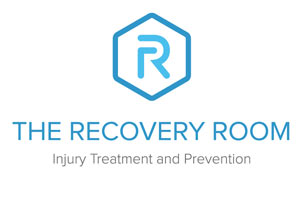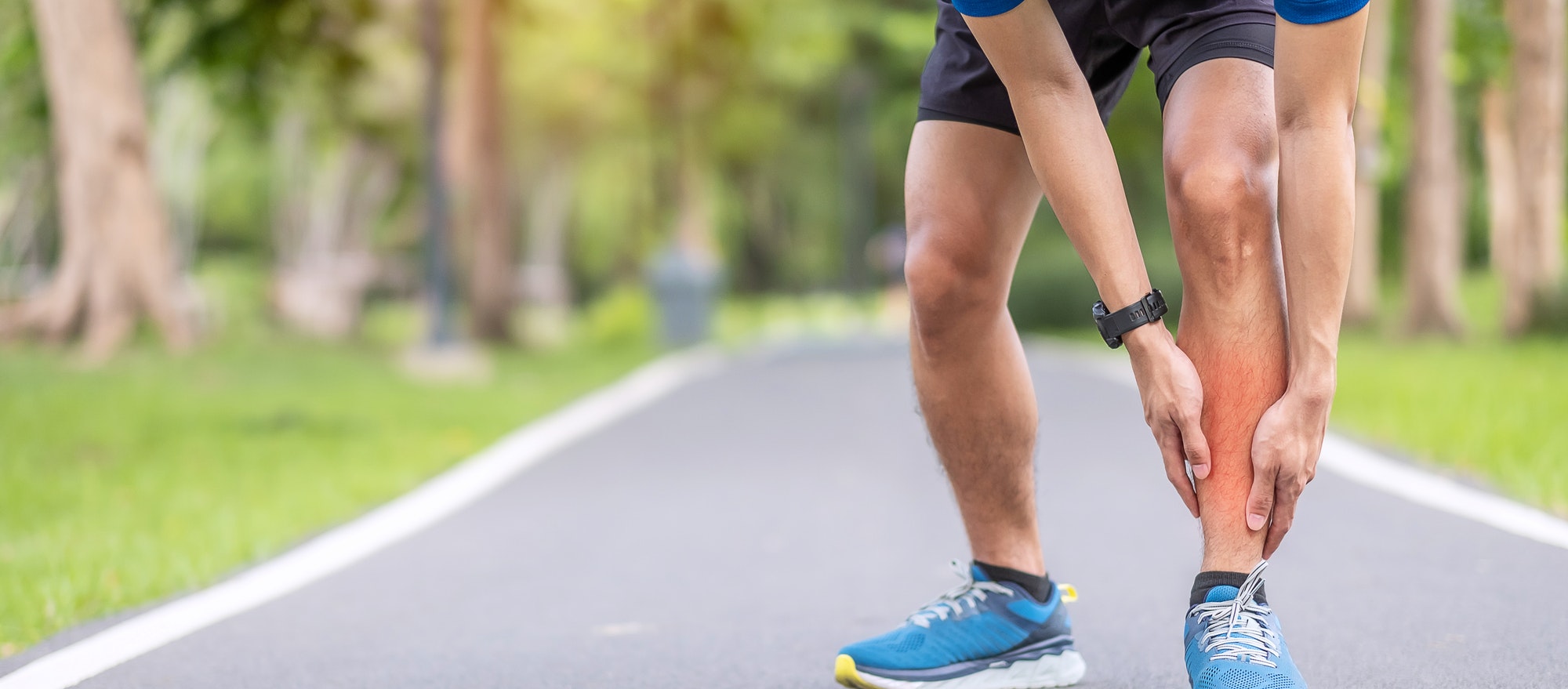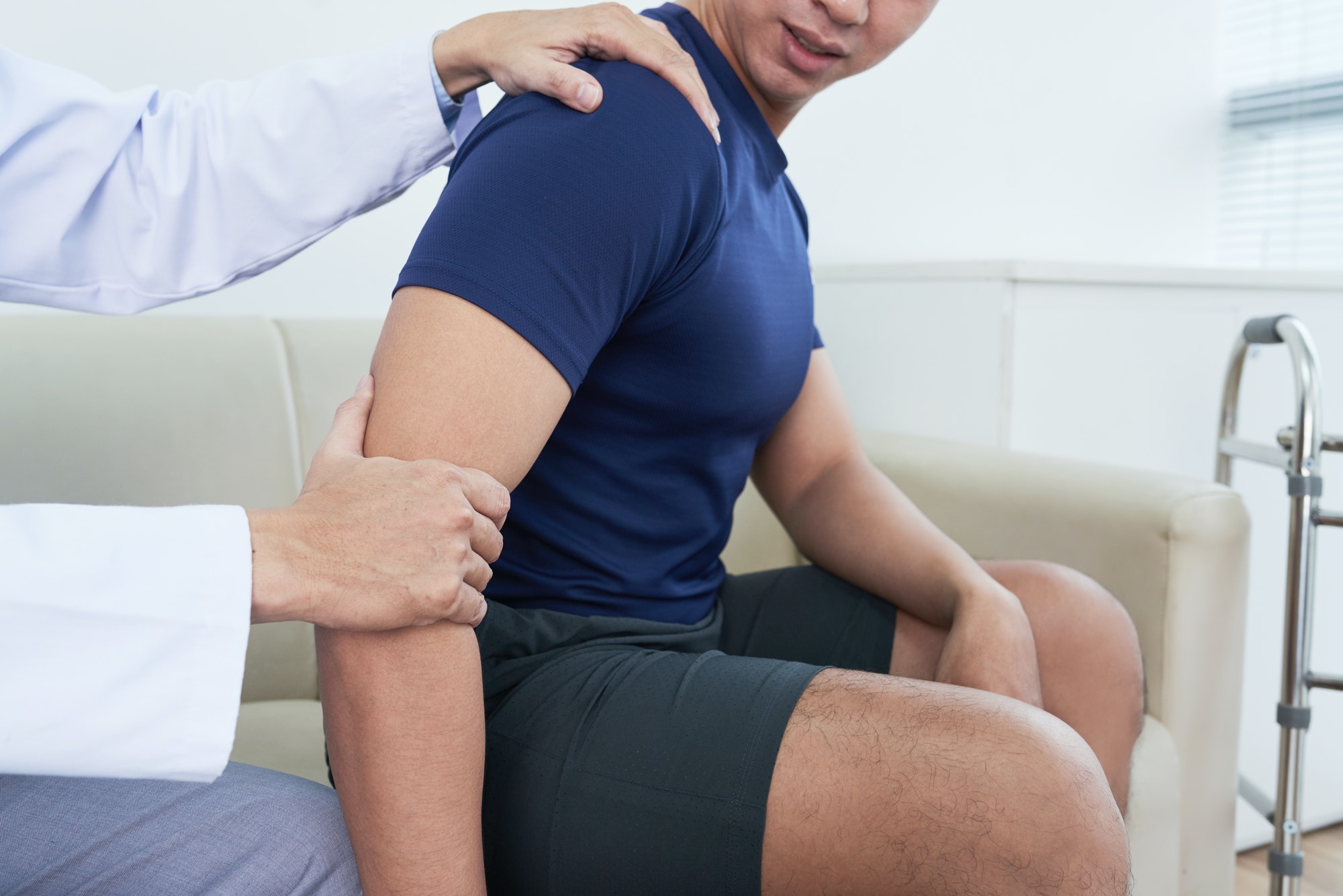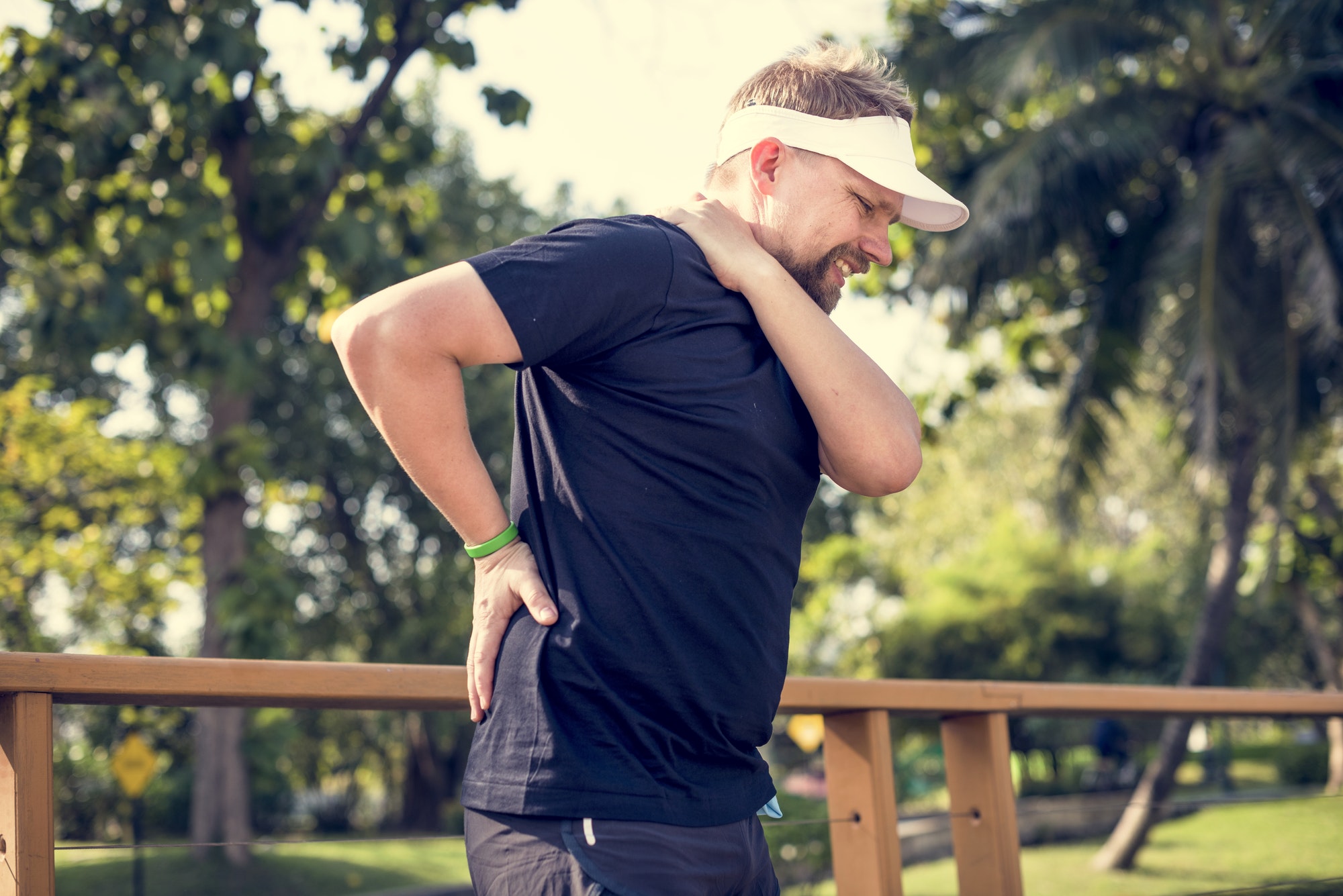With the increase in availability and popularity of long distance running and obstacle events, we more frequently see more people presenting with shin pain.
‘Shin Splints’ as they are widely known, can effect the inside part of the shin (posterior tibialis shin splints) or the front of the shin (tibialis anterior shin splints). Both forms can be debilitating and prevent you from continuing to run. This is caused by overuse of these muscles that control the lowering of the foot during running gait and maintain the arch in the foot. With repeated use of these muscles the outer layer (periostium) can get inflamed and cause shin pain. Weakness and tightness of the tibialis anterior or tibialis posterior muscles can increase the risk of developing shin splints, especially when increasing mileage. It is important to seek advice about your condition, sooner rater than later to prevent development of a stress response or stress fractures.
As always…. Prevention is better than cure:
If you are increasing the distances when running, 10% increase in distance per week is advised.
Stretch tight muscles to include the calf muscles, tibialis anterior and soleus muscle holding 30 seconds x 4 per day
Strengthen the calf muscles with heel drops 3 sets of 20 twice a day.
Use toe raises to strengthen the tibialis anterior by leaning the back of your shoulder against a wall, heels 10″ from the skirting board and bring toes to shins 3 sets 20 twice a day.
Over pronation of the foot can be a risk factor, you may need to strengthen the glute medius muscle at the hip to prevent the knee falling inwards (causing further foot pronation). Side lying clam exercises 2 sets 25 reps 3 times per day.
Mix up training runs on a treadmill with a slight incline to decrease the amount impact on the shins and the amount of force through the tibilais anterior and posterior muscles.
As always, the above injury prevention advice (sets and reps) will depend on the distances that you require the muscles to work for. Marathon and ultra marathon runners will need to increase the strength of these muscles further, as problems may develop once muscle are in a state of fatigue. If you have developed shin pain, you are advised to get it checked out.
Treatments include:
Soft tissue therapy, manual therapy, taping techniques, exercise rehabilitation, acupuncture and exercise modification. If you suspect you have shin splints or suffer from shin pain, please call us on 07748 483639.
Pictures of exercises can be found on my facebook page: https://www.facebook.com/pages/The-Recovery-Room/118316488338673





